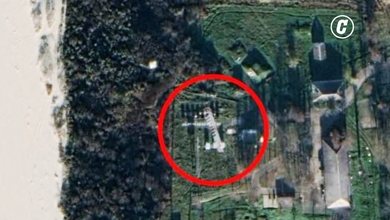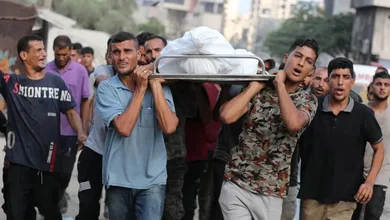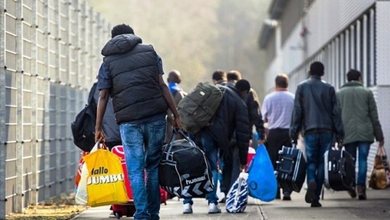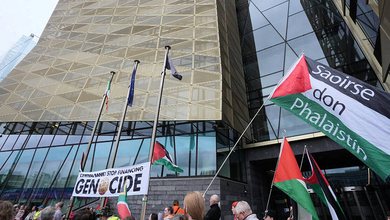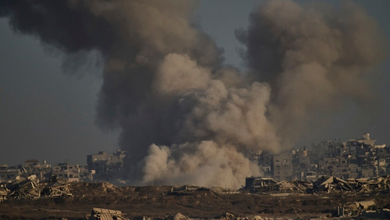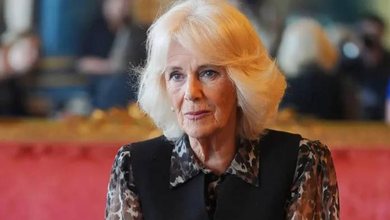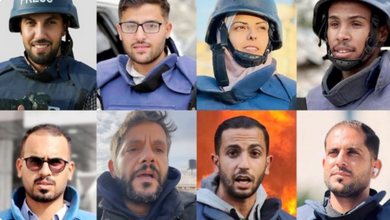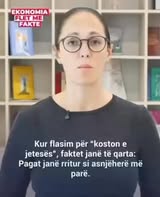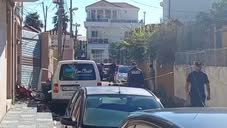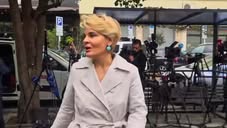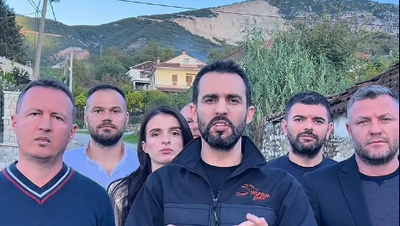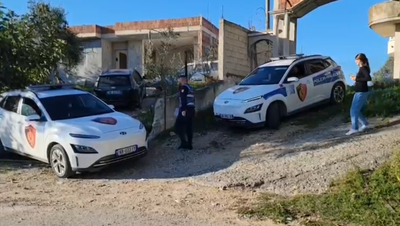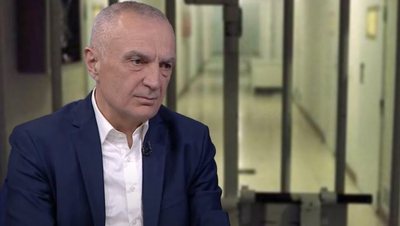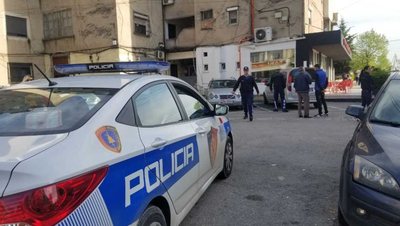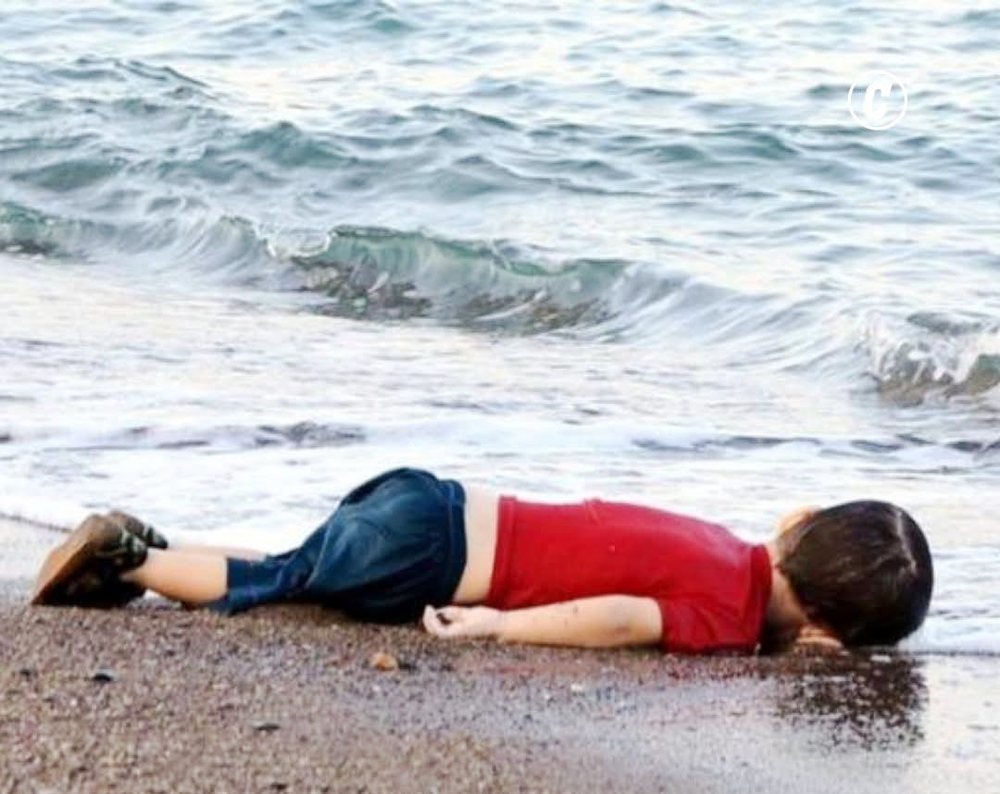
It was September 2, 2015, when the body of Alan Kurdi, wearing a red T-shirt and blue shorts, was found lying face down on the beach in Bodrum. The 3-year-old Syrian-Kurdish boy, originally from Kobane, had set off with his family overnight on an overcrowded dinghy bound for the Greek island of Kos. Like all the other passengers, he was wearing a fake life jacket, even though his father had paid more than $5,000 for the few-minute trip.
The bodies of Alan and another girl were discovered at dawn by a waiter working at a beachside hotel. Mehmet Çıplak, the first police officer to respond to the scene, described the discovery as something that had “destroyed me deep inside.” He said that, seeing Alan face down, he had “hoped the child was alive,” but was devastated when he turned him over and found him dead. A much stronger image than that almost soft photo, taken by photographer Nilüfer Demir, showing Alan as if he were asleep – and which has become a symbol of the failure of European migration policies.
Like then, we had just returned from a vacation on those same beaches where an entire family's dream of salvation had been shattered. At the time, it was the war in Syria and ISIS attacks that forced thousands of parents to drag their children onto rafts and boats to save them. Thousands lost their lives trying to reach Europe. But thousands more succeeded, finding a safe haven in Germany, Denmark, Sweden where they could start a new life.



